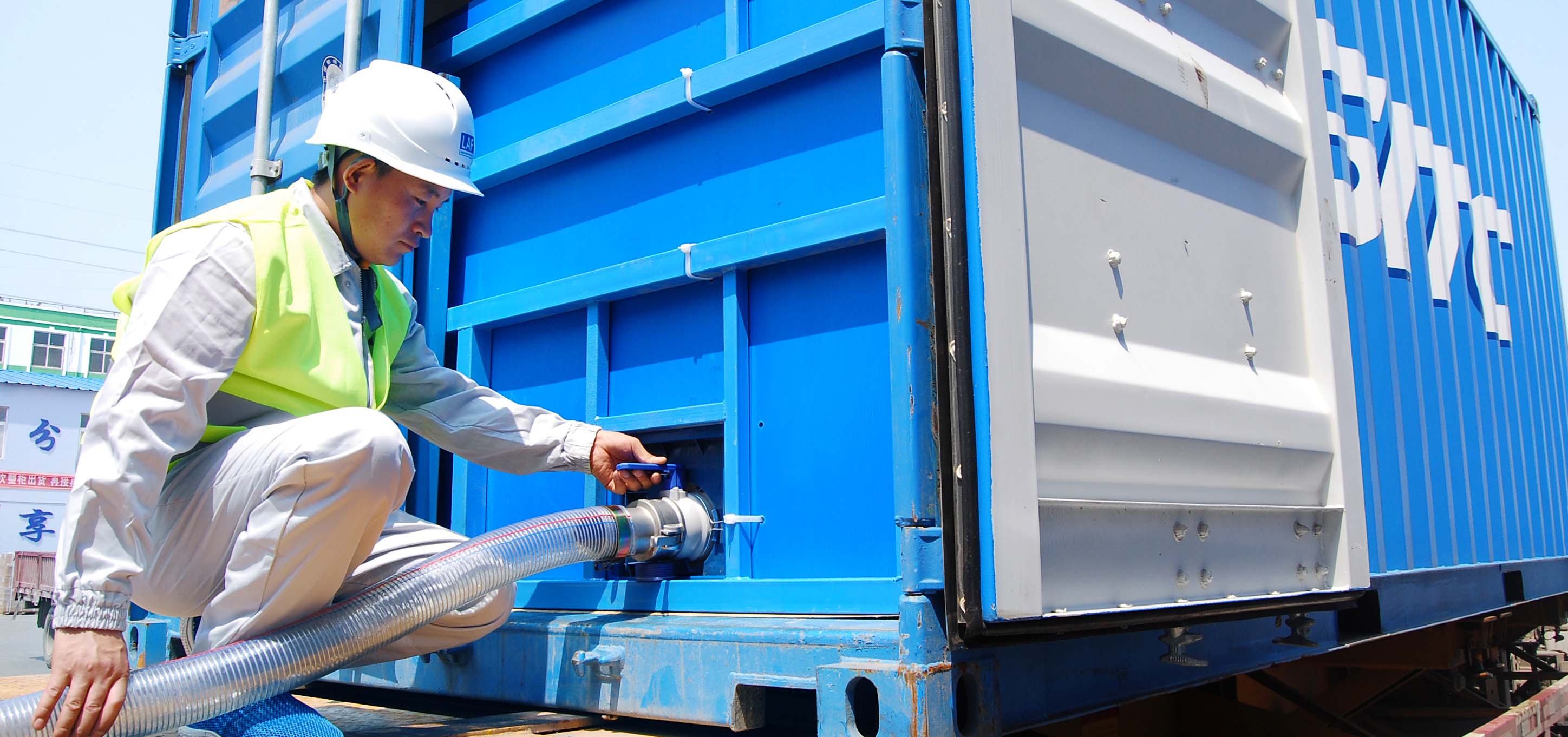Tel: +86-(0)532 6609 8998


Views: 434 Author: Site Editor Publish Time: 2023-06-13 Origin: Site








Flexitanks have emerged as a popular and efficient solution for bulk liquid transportation, offering a flexible, cost-effective, and secure alternative to traditional shipping methods. Whether it's transporting food-grade products, chemicals, or pharmaceuticals, selecting the right flexitank is crucial to ensuring a smooth and successful shipment. Several key factors should be considered when choosing a flexitank:

Compatibility:
The compatibility of the flexitank material with the specific type of cargo is of utmost importance. Different flexitanks are designed to handle different types of liquids, such as food-grade, or non-food-grade materials. It is vital to verify that the flexitank is approved for use with the intended cargo to prevent any contamination or safety risks.
Capacity and Volume:
The capacity of the flexitank should align with the volume of the liquid being transported. Flexitanks are available in various sizes, typically ranging from 16,000 to 24,000 liters, with larger sizes also available. Selecting an appropriate capacity ensures efficient space utilization within shipping containers and maximizes the load capacity while adhering to weight restrictions.
Quality and Strength:
The quality and strength of the flexitank play a crucial role in ensuring the safe transportation of liquids. The flexitank should be constructed from high-quality materials, such as multi-layered polyethylene, that can withstand the stress of transportation, including factors like vibrations, temperature changes, and potential punctures. It is essential to choose a flexitank that complies with industry standards and undergoes rigorous testing for durability.
Filling and Discharge Methods:
Consideration should be given to the filling and discharge methods compatible with the flexitank. Different flexitanks may have variations in valve types, connection options, or pumping systems. It is important to ensure that the flexitank can be easily filled and emptied at the desired locations, using the available equipment and infrastructure.
Certification and Compliance:
To guarantee regulatory compliance and maintain the highest safety standards, selecting a flexitank that meets industry certifications is vital. Look for flexitanks that are approved by reputable organizations, such as the Food and Drug Administration (FDA), European Union (EU) regulations, or the International Organization for Standardization (ISO). Compliance with these standards ensures that the flexitank meets specific requirements for hygiene, safety, and environmental considerations.
Customer Support and After-Sales Service:
Lastly, consider the level of customer support and after-sales service provided by the flexitank supplier. As a reliable and responsive supplier, LAF offers 7×24hour global response, which can provide users with services such as emergency cargo rescue, technical support for loading, discharging, and disposal of used flexitanks and liners.


In conclusion, selecting a right flexitank requires careful consideration of various factors. Compatibility with the cargo, appropriate capacity, quality and strength, filling and discharge methods, certification and compliance, as well as customer support, all play vital roles in ensuring the success of bulk liquid transportation. By taking these factors into account, you can make informed decisions and choose a flexitank that best suits your specific requirements, ensuring a safe and efficient journey for your valuable liquid cargo.
More information about LAF dry bulk liner:
https://www.laftechnology.com/Dry-bulk-liner.html